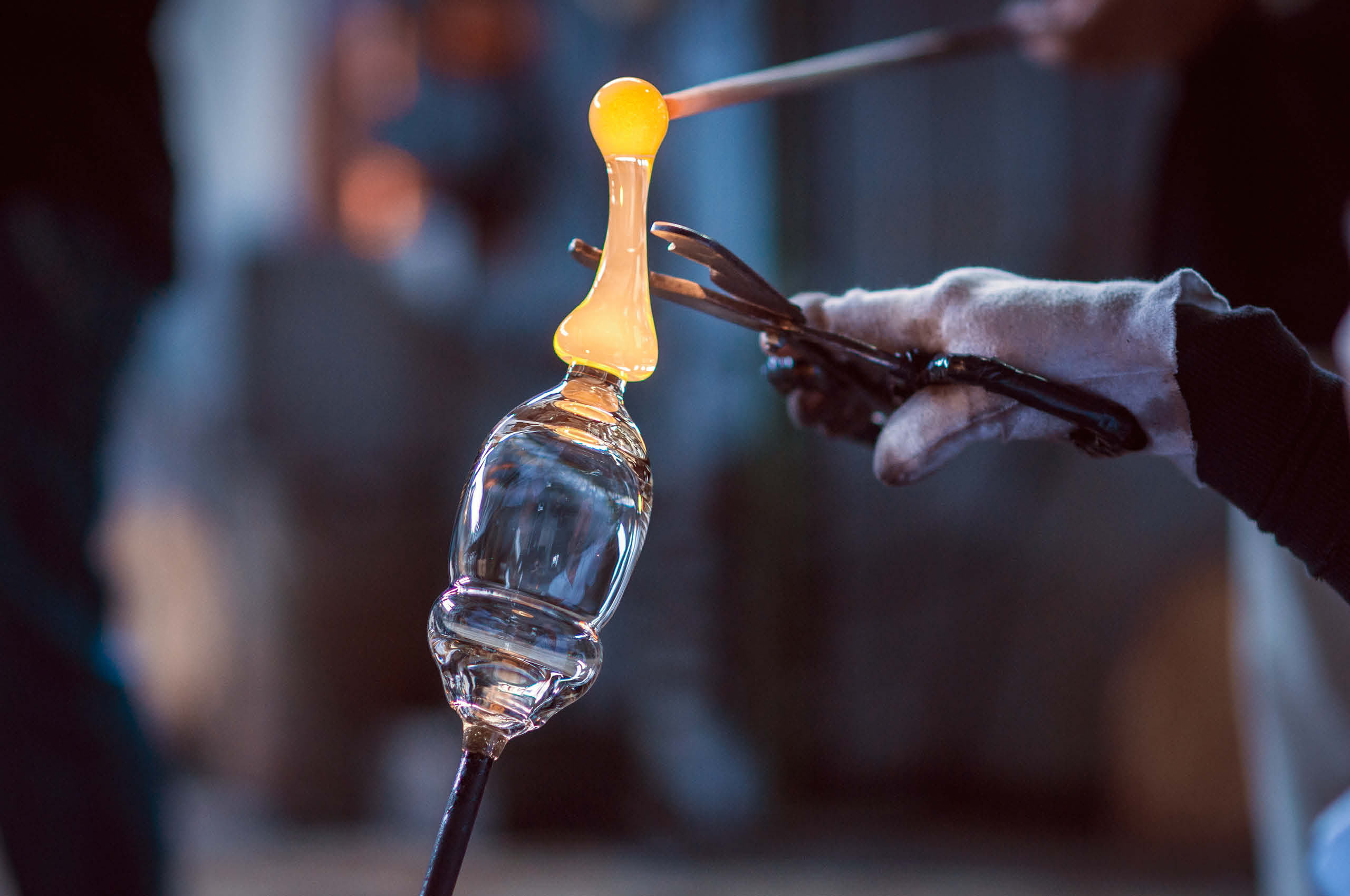The «Glasi»
The furnace was out when Roberto Niederer stepped into the Hergiswil glass factory in December of 1975. The community of Hergiswil had recently approved the sale of the factory premises. Now the glass artist intended to continue the story of the glass-making factory, first built in 1817. The business was in tatters. The situation was so bad that Niederer could never imagine in his wildest dreams the heights that the «Glasi» would later scale. Did an inner flame already burn within him, one that would someday lead him to hang one hundred Hergswil glass amphorae as an arrestingly beautiful and lucid art installation in Canterbury Cathedral? Or that his son, Robert, and grandson, Leandro, would be the ones to turn the «Glasi» into a commercial buyer? The fires of success, in three parts.
1817
How wood led to the creation of the «Glasi»
The Siegwart family, natives of the Black Forest, built their first glass-making workshops in Flühli, a town in the Entlebuch region, in 1723. They consumed so much wood for the glass furnace that a century later, the canton of Lucerne saw fit to enact a ban on tree clearance in order to protect dwindling forests. The Siegwarts opened a second factory in Hergiswil by Lake Lucerne in 1817. By sea, wood and raw materials were delivered in abundance and, in return, hand-blown glass was shipped: glass goblets, coffee cups, jars for conserves (Helvetia brand), beer mugs, carafes, industrial-sized chemistry vessels and display jars. Moulded glass objects were later added to the range: bowls, plates, dishes, mugs, drawers and even salt cellars. In its heyday, the «Glasi» employed 500 people.
1975
The nerve to overcome adversity
The rise of industrialisation in the 1960s and 1970s flooded the Swiss market with extremely cheap, imported machine-produced glass. The «Glasi» wasn’t able to keep up. By 1975, the business was in tatters. Around 200 employees feared for their jobs. It couldn’t end like this – could it? Glass artist Roberto Niederer, who had been a «Glasi» customer since 1956, convinced the town of Hergiswil to purchase the site in December of 1975 (with the full approval of the community): This was the origin of Hergiswiler Glas AG. Niederer, who was considered a visionary, initially rented the facility but later gained the right to construct further buildings.
1988
Unique in many ways
Niederer’s line of unique, artistic hand-blown glass became cult items; later, his son Robert took over management after the sudden death of the «Glasi» founder in 1988. He bought back the production facility from the town, and since late 1997, «Glasi» Hergiswil has been under full ownership of the company. The only remaining glass-blowing factory in Switzerland has laughed in the face of structural change thanks to its constant stream of innovations: visitors can experience the workshops in person. At the same time, the employees of the «Glasi» – who now number around 100 – have proven that they consider themselves capable of more than just fantastic glass creations in the form of refined tableware or elegant home living, as evidenced by the 20-metre tower of glass they have erected. And «Nonno» Roberto Niederer (a Calabrian native by birth) – would have loved to have seen the events of April 2018, when his grandson Leandro officially joined the administrative board of Hergiswiler Glas AG as a third-generation Niederer.
